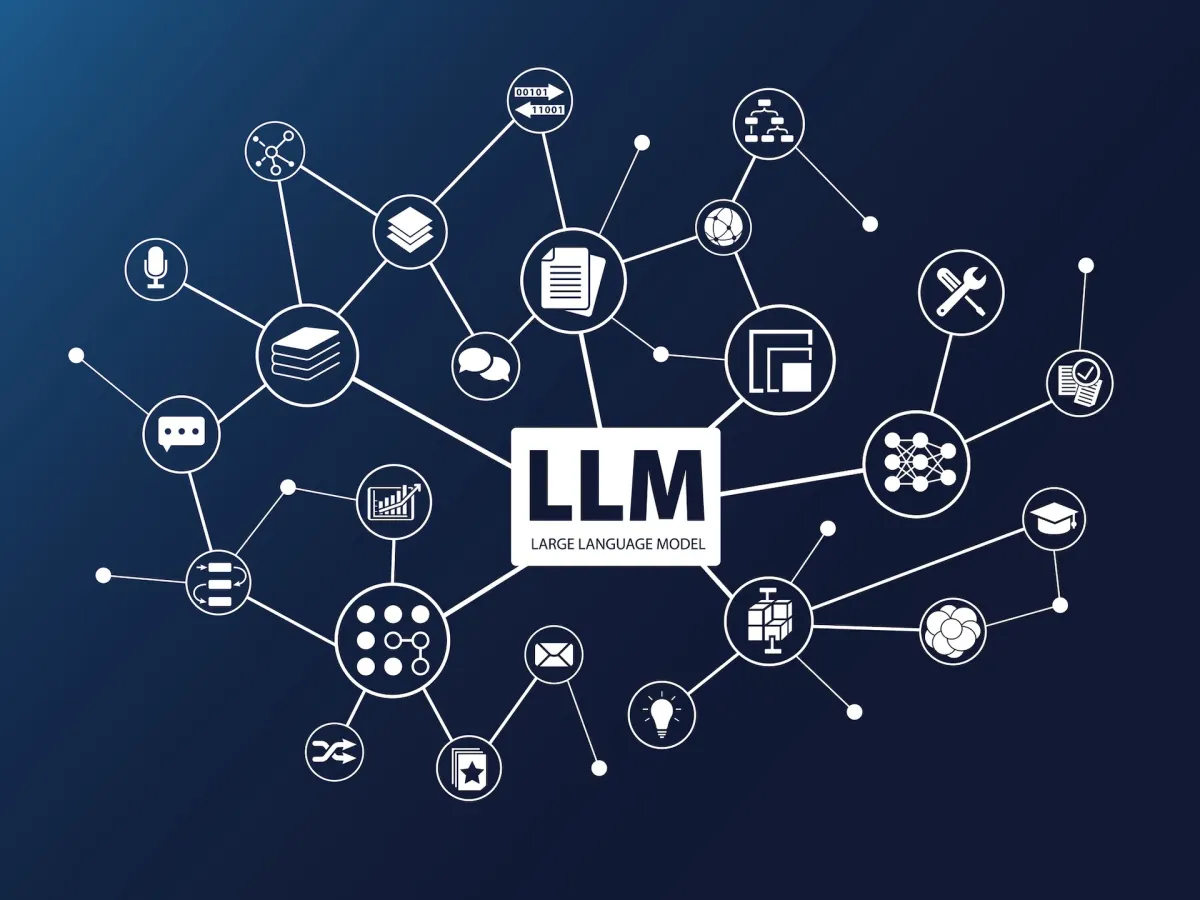Generative AI models, such as those based on the transformer architecture like Gemma and OpenAI’s GPT-4o, operate fundamentally differently from human text processing. Their internal environments are token-based, a crucial aspect that helps explain their behaviors and limitations.
Transformers, including the industry-leading GPT-4o, cannot directly process raw text due to computational constraints. Instead, they rely on tokenization, where text is segmented into smaller units called tokens. These tokens can represent words like “fantastic,” syllables like “fan,” “tas,” and “tic,” or even individual characters within words.
Tokenization enables transformers to handle and process more semantic information within a given context window. However, it also introduces potential biases and challenges. For instance, tokens created by tokenizers may include unexpected spacing or characters that can confuse the model. For example, “once upon a time” might be tokenized as “once,” “upon,” “a,” “time,” while “once upon a ” (with a trailing whitespace) might tokenize differently, affecting how the model interprets subsequent prompts.
These nuances highlight the importance of understanding tokenization when working with generative AI models. While they excel in processing large volumes of text and generating coherent responses, their reliance on token-based input shapes their unique approach to understanding and generating language.


















